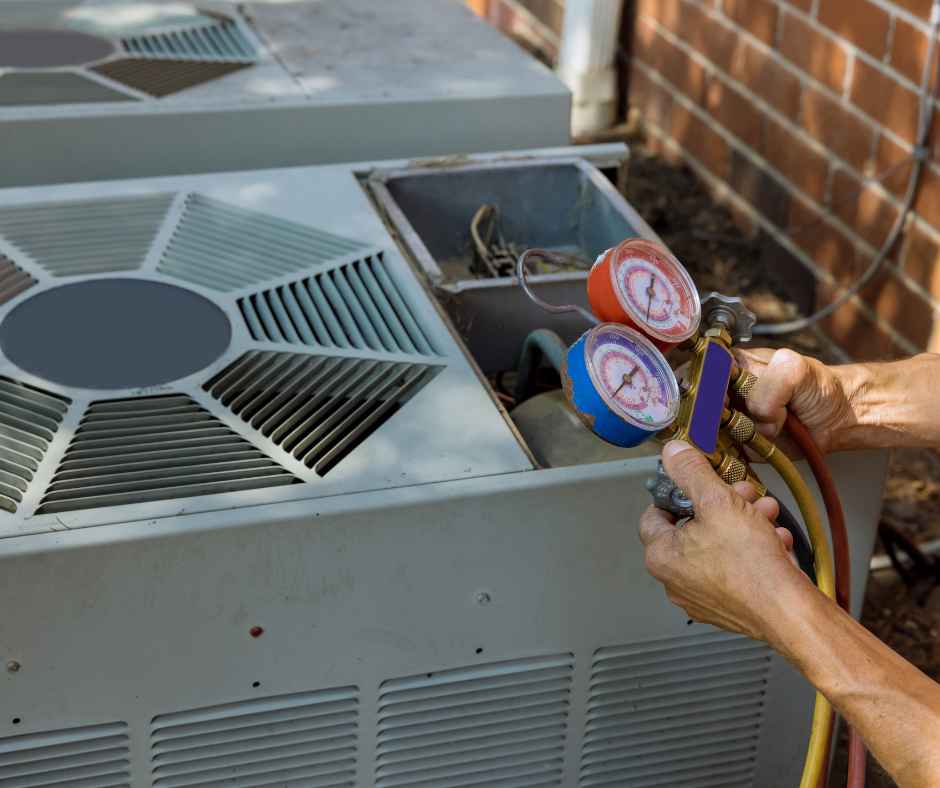Serving Douglas County & The Surrounding Areas

How Much Does It Cost To Replace a Furnace?
Replacing a furnace is a significant investment in your home’s comfort and energy efficiency. Whether your current furnace is reaching the end of its life or you’re upgrading to a more energy-efficient model, understanding the costs involved in furnace replacement is essential. In this guide, we’ll break down the factors that influence furnace replacement costs, what you can expect to pay, and how to ensure you’re getting the best value for your new furnace installation.
Factors That Influence Furnace Replacement Costs
When asking, “How much does it cost to replace a furnace?” it’s important to understand that the final price will depend on several factors. These include the type of furnace, the size of your home, installation costs, and any additional features you may need. Here are some of the key factors that will affect the overall furnace replacement cost:
1. Type of Furnace
The type of furnace you choose will have the biggest impact on the overall cost. There are several types of furnaces, including:
- Gas Furnaces: The most common type in the U.S., gas furnaces tend to be more affordable in the long run due to lower operating costs. However, the initial installation cost can be higher, especially if your home doesn’t have an existing gas line.
- Electric Furnaces: While typically cheaper to install than gas furnaces, electric models can be more expensive to operate over time because electricity tends to cost more than natural gas.
- Oil Furnaces: These furnaces are less common and are usually found in older homes. They can be more expensive to operate and maintain compared to gas or electric furnaces.
The average cost for a new furnace can range from $11,000 to $23,000, depending on the type. Gas furnaces generally fall in the middle of this range, while electric and oil furnaces can be on the lower and higher ends, respectively.
2. Size of Your Home
The size of your home plays a critical role in determining the furnace size you’ll need. Larger homes require more powerful furnaces, which will cost more. The size of a furnace is measured in British Thermal Units (BTUs). A larger BTU capacity means the furnace can heat more square footage, but it also increases the furnace replacement cost.
Choosing the right size furnace for your home is important. An oversized furnace can cycle on and off frequently, leading to increased energy bills and wear and tear on the system. On the other hand, an undersized furnace will struggle to heat your home effectively.
3. Installation Costs
Furnace installation costs can vary depending on your home’s layout and the complexity of the installation. Factors that can increase installation costs include:
- Ductwork Modifications: If your existing ductwork is outdated or incompatible with your new furnace, it may need to be modified or replaced, adding to the total furnace installation cost.
- Labor Costs: Labor rates for furnace installation vary depending on your location, with larger cities generally having higher rates.
- Permits and Inspections: In some areas, you may need to pay for permits or inspections to ensure your new furnace installation meets local building codes.
4. Energy Efficiency
Energy-efficient furnaces often come with a higher upfront cost but can save you money in the long run through lower energy bills. Furnaces are rated by Annual Fuel Utilization Efficiency (AFUE). The higher the AFUE rating, the more efficiently the furnace converts fuel into heat.
A standard-efficiency gas furnace typically has an AFUE rating of 80%, meaning 80% of the energy is used to heat your home, while 20% is lost. High-efficiency furnaces, on the other hand, have AFUE ratings of 90% or higher.
While a high-efficiency furnace may cost more initially, the savings on your monthly energy bills can offset the higher furnace cost over time.
5. Additional Features
Some homeowners may opt for additional features when installing a new furnace. These can include:
- Variable-Speed Blowers: These blowers adjust the airflow to provide more consistent heating and improved energy efficiency.
- Zoning Systems: Zoning systems allow you to control the temperature in different areas of your home independently, offering increased comfort and energy savings.
- Smart Thermostats: Upgrading to a smart thermostat can improve energy efficiency by learning your heating preferences and adjusting the temperature accordingly.
These features can add to the overall furnace replacement cost but may be worth the investment for long-term savings and comfort.
Is It Time to Replace Your Furnace?
If your furnace is more than 15-20 years old, frequently needs repairs, or is no longer keeping your home as warm as it should, it may be time to consider furnace replacement. Upgrading to a new furnace can not only improve your home’s comfort but also reduce your energy bills and increase your system’s reliability.
Getting the Best Value for Your Furnace Replacement
When replacing your furnace, it’s essential to work with a trusted HVAC contractor who can help you select the right furnace for your home and provide professional installation services. Here are a few tips to ensure you get the best value:
- Get Multiple Quotes: Obtain quotes from at least three reputable HVAC contractors to compare pricing and services.
- Check for Rebates: Many utility companies offer rebates for installing energy-efficient furnaces. Be sure to ask about available incentives in your area.
- Schedule Maintenance: Regular maintenance can extend the life of your new furnace and ensure it operates at peak efficiency.
Contact Patriot Pros for Furnace Replacement in Castle Rock
If you’re considering a new furnace installation, Patriot Pros in Castle Rock is here to help. Our experienced team offers expert furnace replacement services and will guide you through every step of the process, from selecting the right furnace to ensuring a professional installation. Contact us today to schedule your consultation and learn more about your furnace replacement options!
Recent News

Snow, Freeze & Thaw: How Colorado Winters Stress Your Plumbing
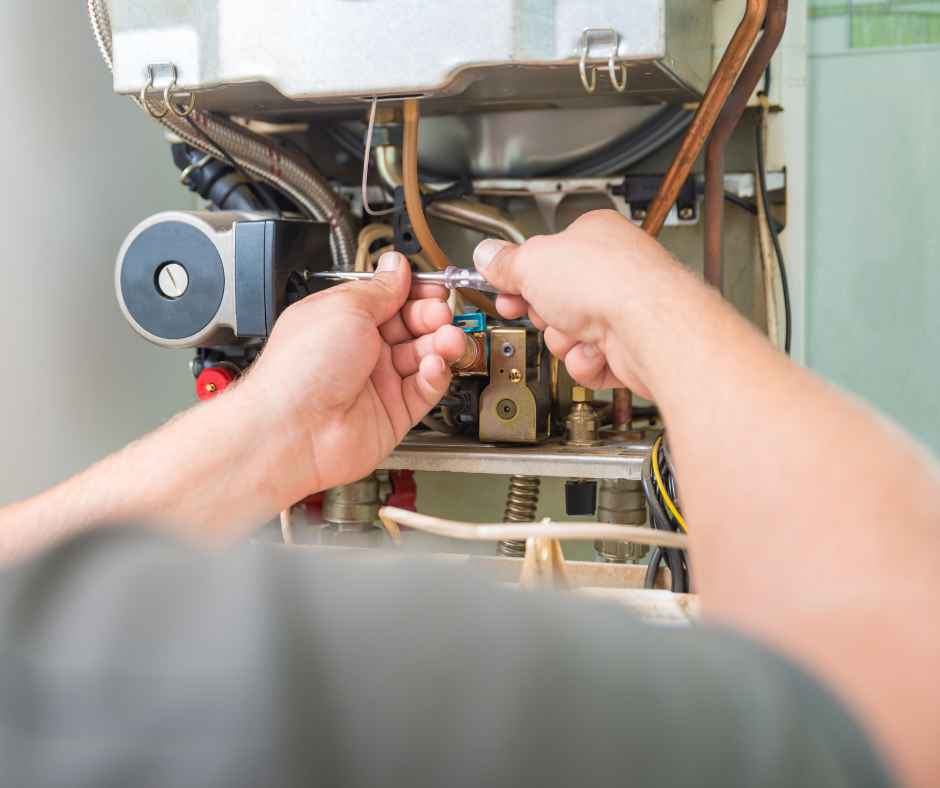
Emergency Heating Repairs: What to Do If Your Furnace Fails During a Colorado Snowstorm
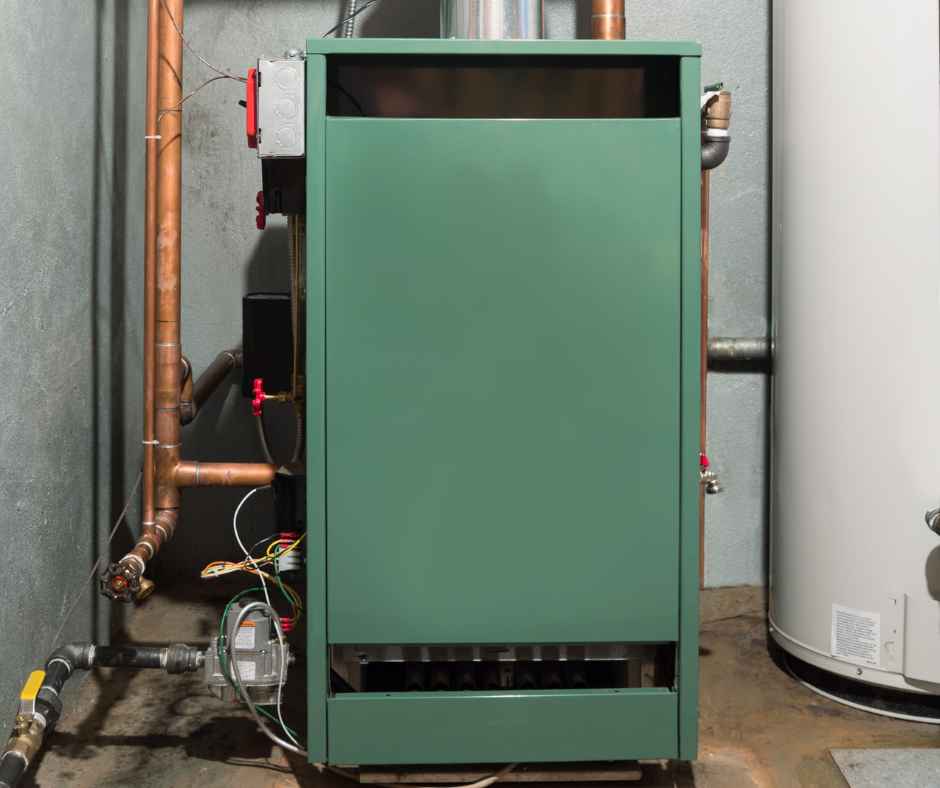
Comparing Heating Options for Colorado Homes: Furnace vs. Boiler vs. Heat Pump
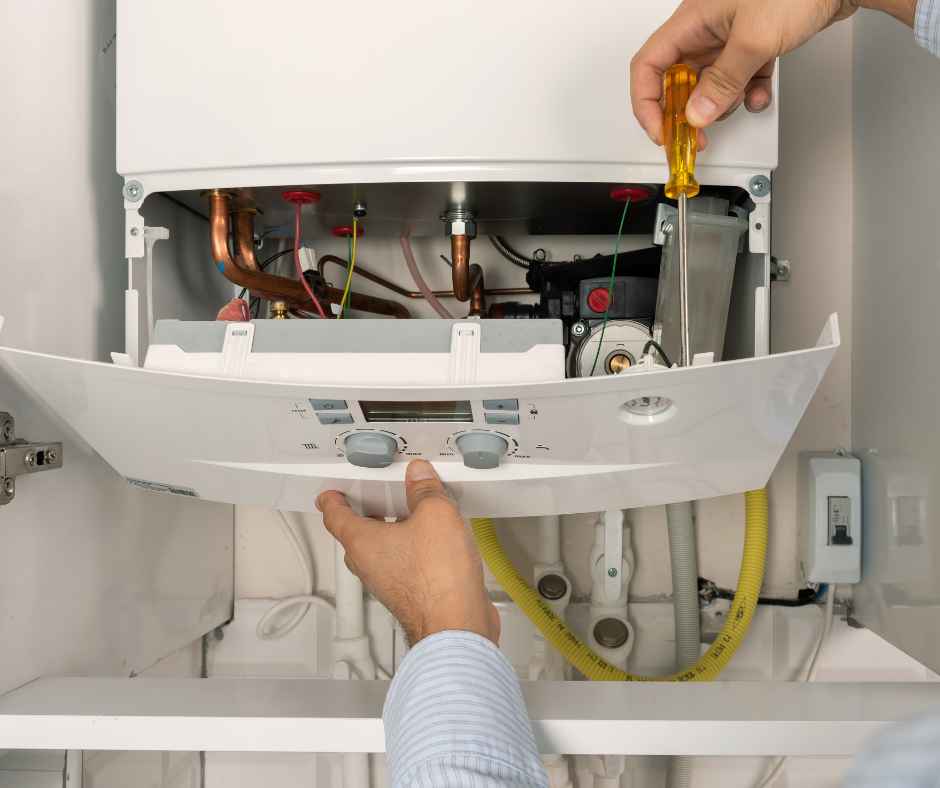
The Ultimate Fall & Winter Boiler & HVAC Maintenance Checklist for Castle Rock Homes
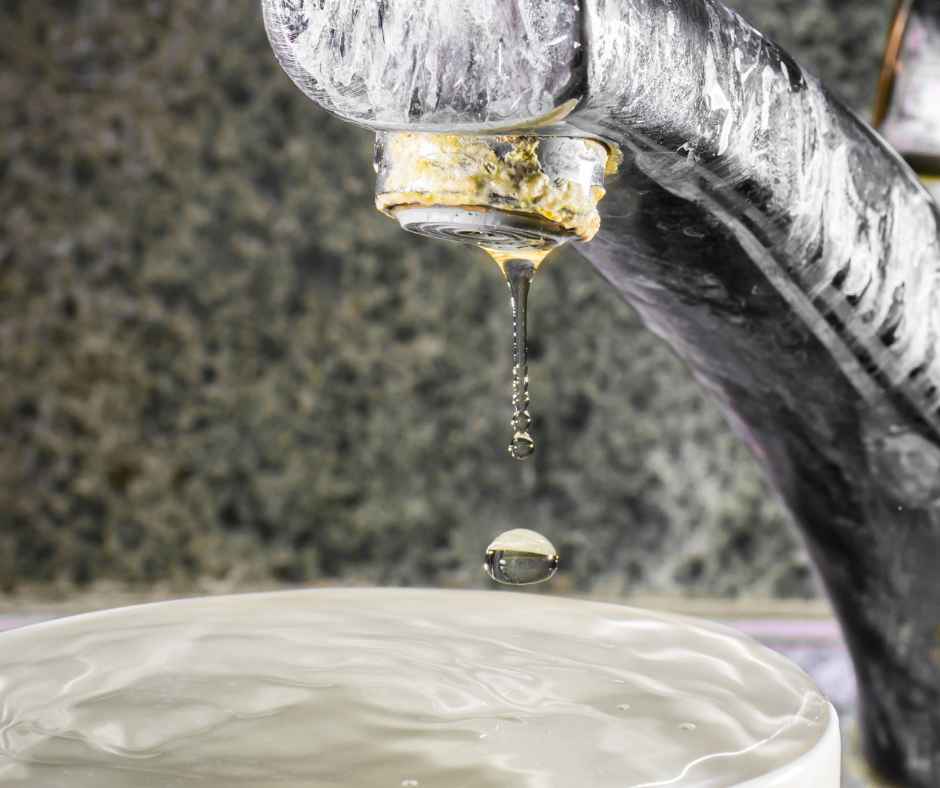
How to Choose the Right Water Filtration System for Colorado’s Hard Water
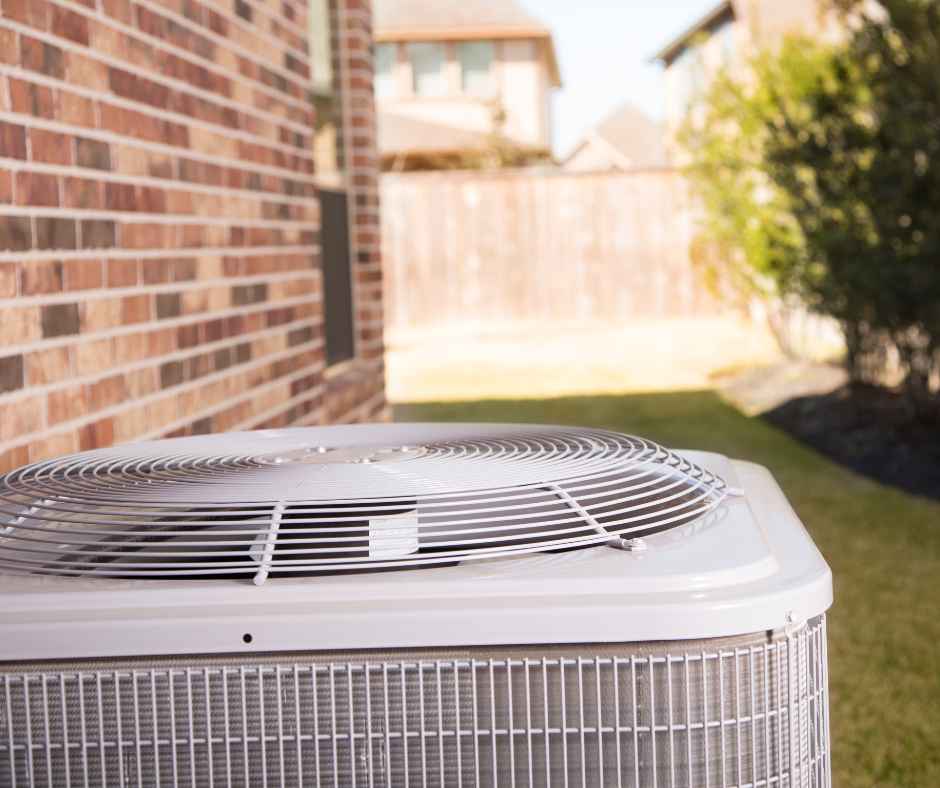
Maximizing AC Efficiency in High Altitude: Denver’s Summer Cooling Guide
